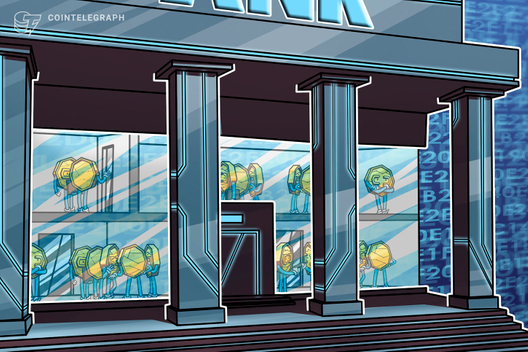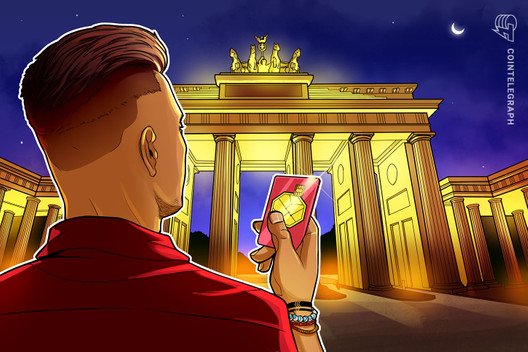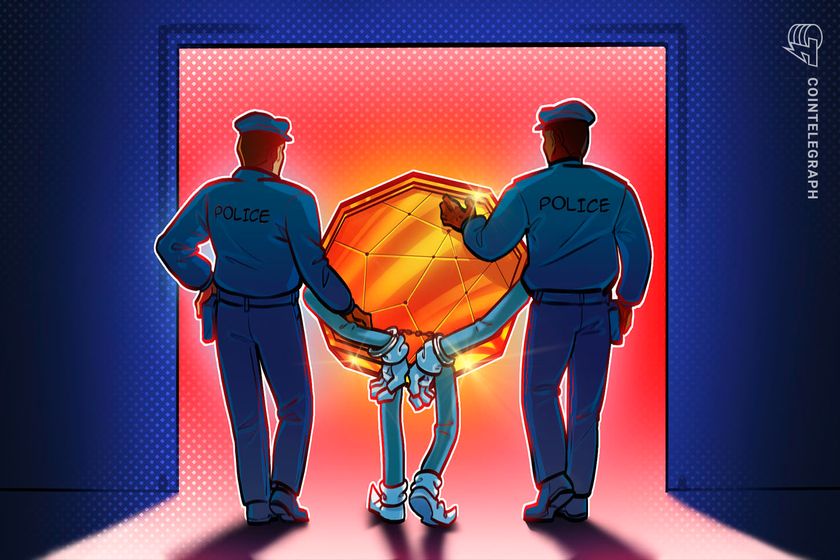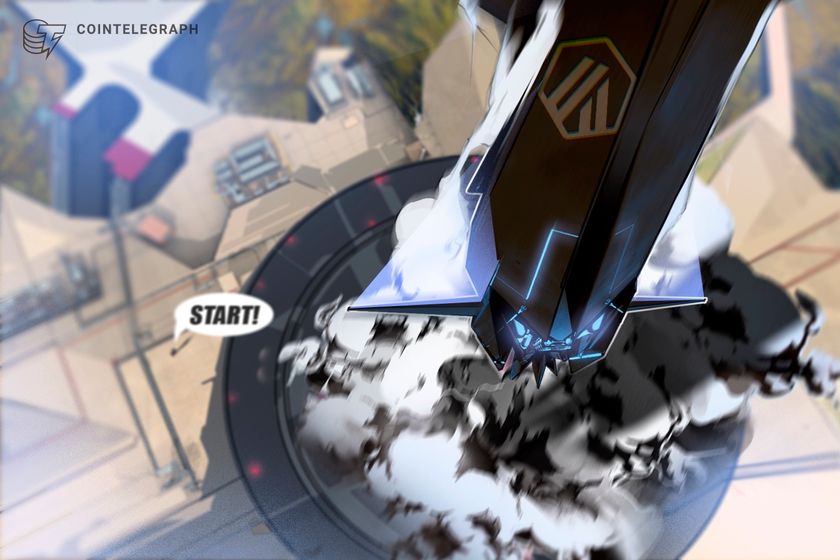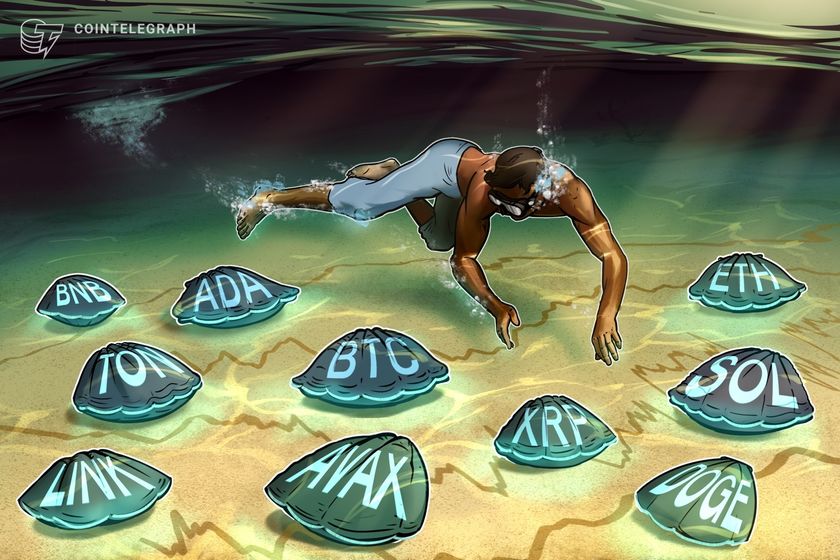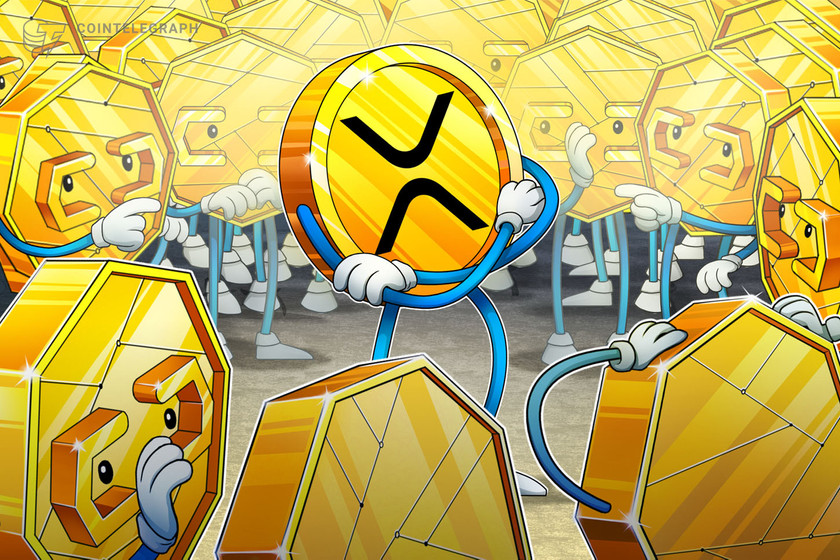What’s next for NFTs and Web3 in the age of the creator economy?
A recent report from The Influencer’s Club suggests that the creator economy was worth over $100 billion in 2022 and continues growing. Recent trends appear to back this up, with YouTube expanding to Shorts, TikTok’s launch of Pulse and Facebook pushing content with Reels.
The creator economy is expanding in other ways too, with the use of artificial intelligence tools like ChatGPT and DALL-E to generate content, the rise of live streaming platforms like Twitch and growing interest in podcasting.
However, creators face a number of challenges that will likely become more severe as the economy grows. One of the major problems is that creators often find themselves locked in centralized platforms such as Instagram and YouTube, held hostage by algorithms that determine the reach of their content. Meanwhile, the vast majority of creators struggle to generate much income from their work.
With the emergence of Web3 technologies like cryptocurrency and non-fungible tokens, creators have an opportunity to break free of their reliance on centralized platforms, gain full control of the content they create and establish direct relationships with their fans.
The creator economy owes its existence to the Web2 era. Web2 saw the rise of platforms like Facebook, TikTok and Instagram, the concepts of blog posts and podcasts, giving people a way to generate their own content. With Web3, creators now have a fairer ecosystem that allows them to become masters of their own destinies.
The advantage of Web3 is that it grants users ownership of their data. Creators will be able to treat their data as their own personal property and be paid for whatever content they create, and others consume. We have already seen NFTs used to record who owns a digital artwork, and user data can be tracked and traced in the same way.
Existing projects have already made this possible. A good example is the tokenized Web3 advertising platform Permission, which connects consumers with brands. With Permission, users can earn cryptocurrency as a reward for sharing their data and engaging with brands. A similar idea is Ocean Protocol, which is a marketplace where individuals can sell their data as an NFT. In addition, Zedosh is an app that pays users to watch advertisements.
Decentralized platforms
In Web3, artists, musicians, video bloggers and other content creators won’t need to rely on traditional platforms such as Facebook and Instagram, or try to attract brands to sponsor their content. Instead, they’ll be able to distribute their content through decentralized, user-owned platforms.
Join the community where you can transform the future. Cointelegraph Innovation Circle brings blockchain technology leaders together to connect, collaborate and publish. Apply today
Web3 will see the rise of decentralized social media platforms such as Taki,where all of the platform’s users have a stake in the network and can earn rewards for sharing, liking and commenting on content. Decentralized platforms will be democratic and inclusive, and allow anyone to monetize their work directly. Creators can therefore be more selective about which brands they choose to work with, leading to better quality advertising.
The Web3 creator economy will also enable closer relationships between influencers and their fans and new funding opportunities. For instance, Snapmuse.io is pushing the concept of NFTs that allow fans to partner with their favorite creators. They can acquire NFTs with a portion of the influencer’s ad revenue. The goal is to foster a bigger community and get broader engagement through the new partnerships.
In Web2, Amazon, Google and Apple emerged as the new middlemen, taking big cuts of each sale through their online stores. The same goes for Facebook and Instagram, which take most of the advertising revenues generated by creators’ content for themselves.
That can change with Web3, and indeed it already has. Their largest NFT marketplace is OpenSea, which takes a 0% transaction fee from each sale. Each transaction is transparent, creating a public record of the NFT’s value and provenance.
Instead of posting a video on Facebook and losing the rights to that content the moment it has been uploaded, creators will be able to mint NFTs that establish that they are the owner of that video. Alternatively, creators would be able to sell those NFTs directly, transferring ownership to the buyer.
One forward-thinking project capitalizing on this is GenZeroes, the world’s first NFT-powered video and comic book series. It’s funded by the sale of NFTs to fans, who gain exclusive access to new episodes and the chance to have a say in what will happen in the second season.
Smart contracts ensure timely payments as they eliminate the middleman, meaning creators will receive their revenue share the moment it has been paid. As Web2 platforms begin to disappear, smart contracts and NFTs will emerge as the new standard, with a record of ownership for every piece of content posted onto immutable public blockchains.
With NFTs, artists will be able to keep track of the value of their older creations and continue to monetize them through royalties. Under the old system, if an artist sold a painting for $10,000 and it was later sold again for $5 million, the artist would not receive anything more, with the dealer pocketing the difference. That won’t happen with NFTs, as the artists can create a smart contract that ensures they will receive a percentage of any future sale.
Web3 means more power for creators
Most will agree that content creators deserve full recognition and value for their work, and that is precisely what Web3 will provide. One of the greatest benefits of technology is democratization, putting advanced capabilities into the hands of consumers.
Web3 is the next evolution of this paradigm, and it will be a game changer for creators, giving them unprecedented control over their content. No longer will they need to rely on platforms like YouTube to monetize their work. They’ll have direct ownership of their work along with direct access to their fans.
Tomer Warschauer Nuni is CBDO @Kryptomon, a serial entrepreneur, advisor, and investor focused on the innovative blockchain & Web3 industry.
This article was published through Cointelegraph Innovation Circle, a vetted organization of senior executives and experts in the blockchain technology industry who are building the future through the power of connections, collaboration and thought leadership. Opinions expressed do not necessarily reflect those of Cointelegraph.
Learn more about Cointelegraph Innovation Circle and see if you qualify to join


